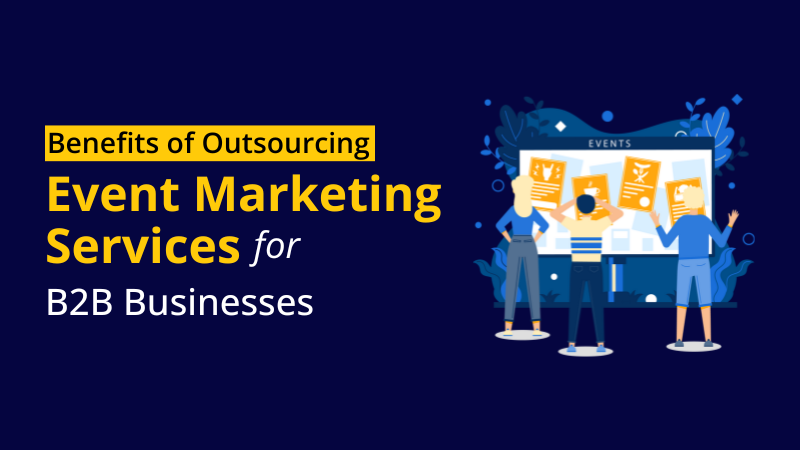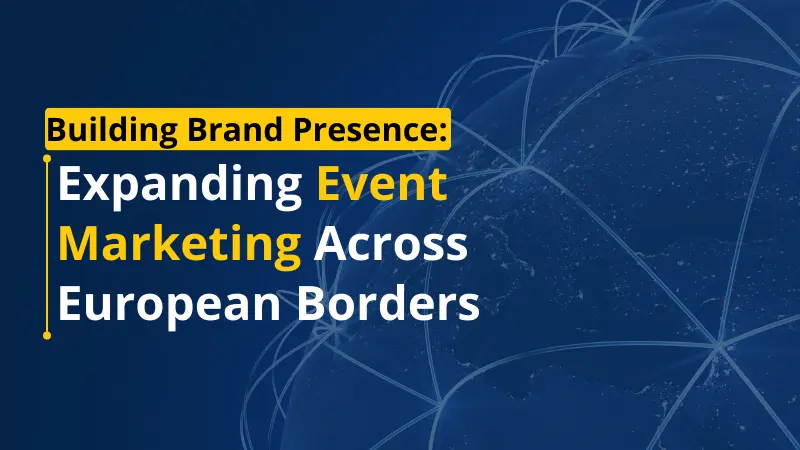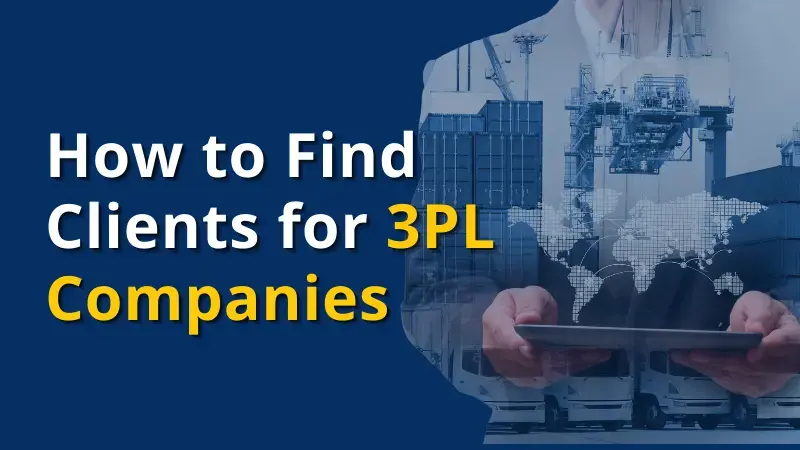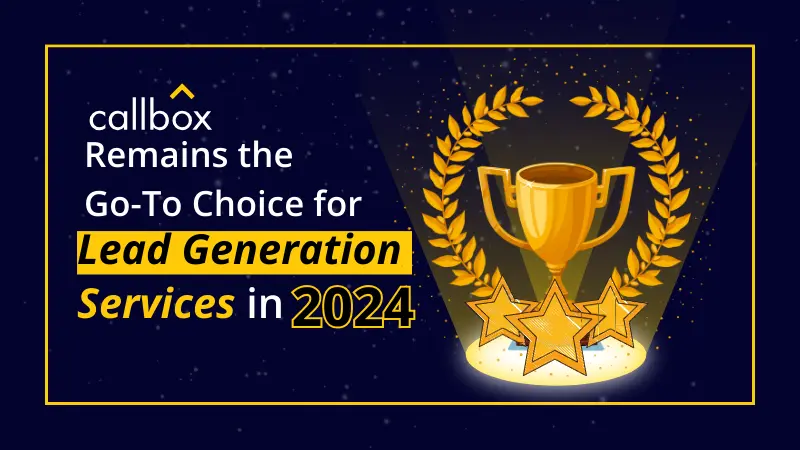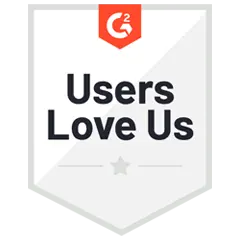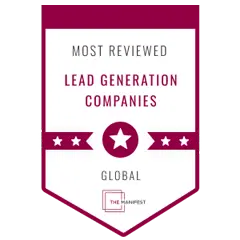Of all IT products, software is often considered to be a hard sell for a lot of startups. It all boils down to how they present their offers to interested B2B buyers.
Making a good impression should always be the primary objective for software companies. If anything, going the right way in terms of making a marketing presentation makes it more likely for a prospect to invest. In this sense, the increasing your profit margins the depends on how well you package your brand and communicate your product to a prospect.
As it becomes increasingly difficult to sell software in such a competitive market, there is a need to create more engaging and sellable stories. But this rationale has its fair share of challenges. For sure, the same issues persist (e.g. customer retention, conversions), encouraging software marketers to develop better audience engagement strategies.
The wrong way to present
Creating effective presentations means avoiding common mistakes that will turn prospects off. Most of the time, these are errors that go undetected, but they can lead to lost opportunities or, worse, a bad reputation.
Overcomplicating
When designing your presentation, it’s always best to always put your prospects in mind. In other words, you need to realize the fact that not all decision-makers are at the same level as you in terms of technical knowledge. Instead of muddling up the core of your message with jargon and ambiguous terms, you should keep things as simple as they are. Unless you’re speaking to a client that already possesses a considerable understanding of your industry, you should always refrain from using exclusive language if you opt to get your point across.
Related: 5 Data-backed Tips for Better Phone-based Sales Presentations
Ignoring client needs
Custom Show points out that unsuccessful software demonstrations and presentations are often the results of a failure to understand client needs. After all, presentations are always about bridging the gap between your brand and your client. In order for that to happen, you should be able to answer all the questions that the client has. This enables you to come up with messages that your clients wanted to hear in the first place.
Related: Cyber Security Vendors Need to Move Past FUD: Here’s Why and How
Pitch the wrong way
Let’s face it, we are always tempted to make a sales pitch right from the get-go. But it doesn’t always end up with you winning a purchase for a software product. Sales pitches are difficult to pull off and it requires a great deal of timing before you can drive a proposal. To get better chances at it, you should be able to look for a position where it’s safe to make the pitch. An article published on Forbes provides the usual mistakes software companies commit when making pitches. Using too many details, peddling exaggerated expectations about your product, and failing to appeal to the interests of your clients, among others, make for a failed presentation.
Check out our recently published Client Success Stories
Maximizing the experience
Considering the numerous pitfalls you have to face, it’s crucial for your software brand to implement the right approaches in presenting your product.
Here are some of the best strategies to get everything started.
Use visuals
For a lot of B2B marketers, using illustrations to complement a business proposal can do wonders. For a complex industry such as software, using graphs and other visual aids can help in maintaining audience retention. It makes sense then for your brand to maximize its use of such elements in your presentations.
Provide a brief and relevant overview
The inclusion of a marketplace overview can help you align your product with your client’s needs by pointing out factors in the current market climate and prevalent trends. It’s only a matter of picking the best figures from authoritative sources to drive your point home
Embrace uncertainties
Whether you’re presenting online, through the phone or face-to-face with the decision-maker, you need to realize that anything can happen. A simple query from the client or the slightest hint of contradiction on your part can push back that gains you have so far made. This is normal, but failing to address such situations can make you lose a potential contract. Since you can’t always expect the best during presentations with clients, you can still prepare yourself for any possible scenario. This would involve anticipating client inquiries and making sure that you have all the information you need to satisfy them.



